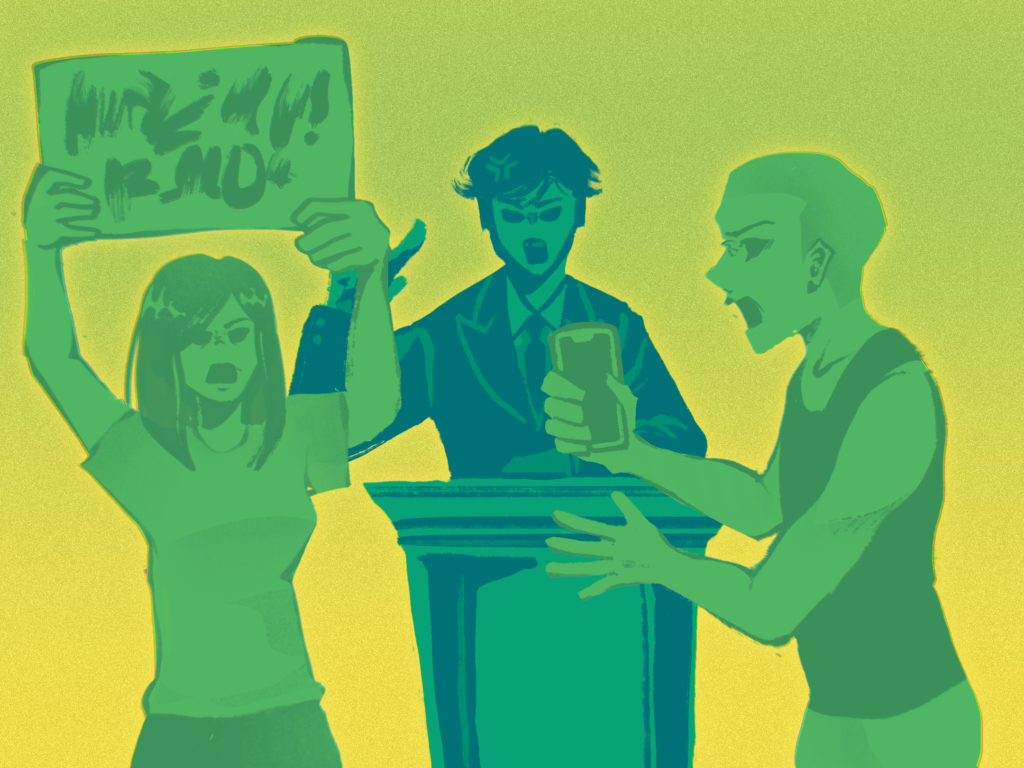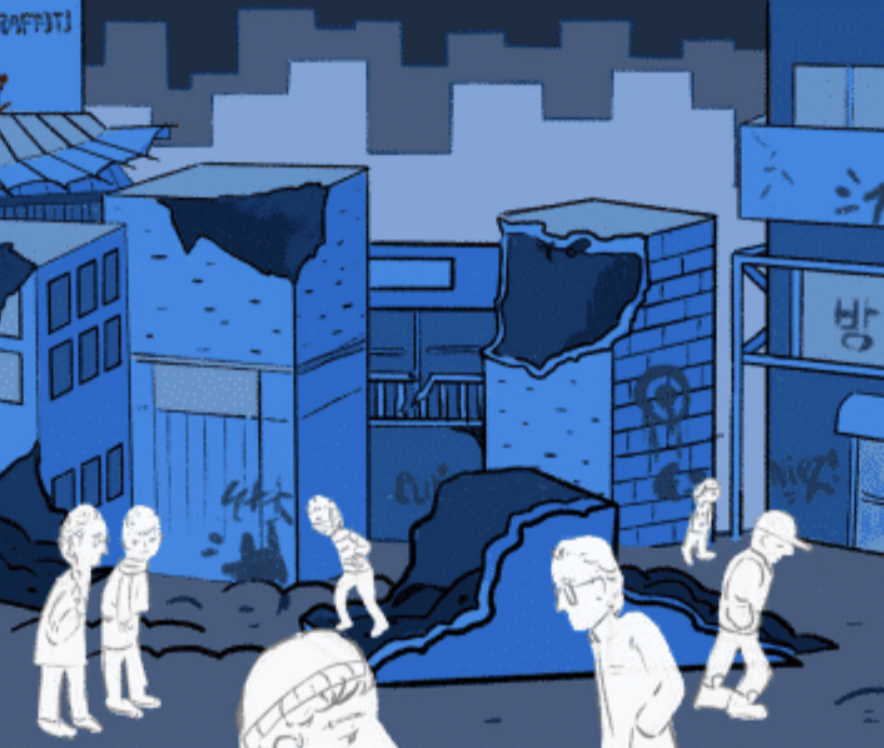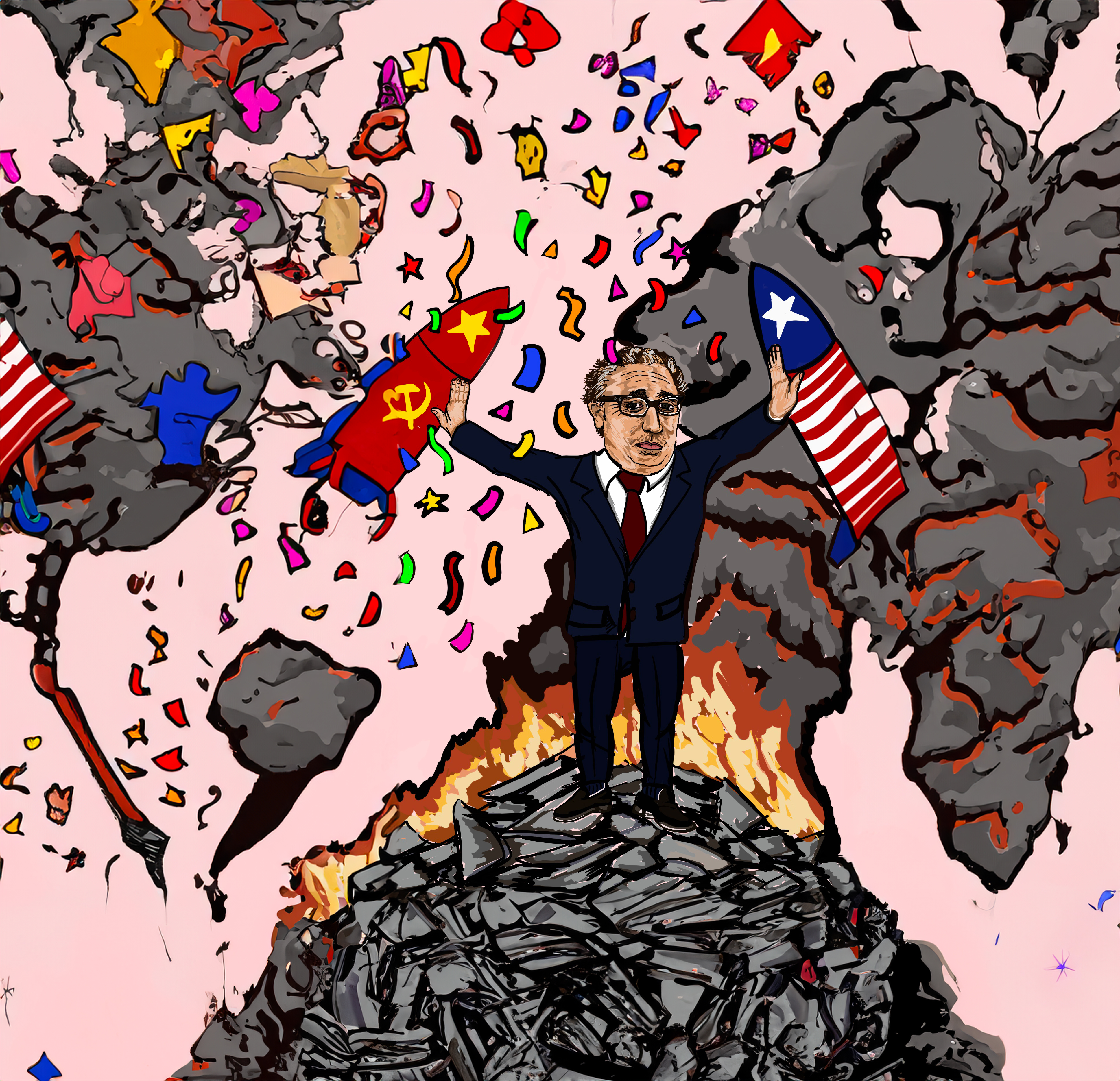Since late December of 2017, sporadic protests have erupted in Iran challenging the current government. The protests are the biggest in the country since 2009, when large demonstrations sprung up over claims that the country’s presidential elections were manipulated in favor of the incumbent candidate.The current protests specifically challenge Iran’s Supreme Leader, Ali Khamenei, and the theocracy of Iran. Since December, over 3,700 people have been arrested, and 23 protesters have been killed.
One of the protest’s major concerns is with Iran’s handling of the relaxation of United Nations sanctions against it in 2016. While Iran did receive much more money from oil exports, international trade, and previously frozen funds held abroad, very little is reported to have made it into the hands of the people. Instead, many protesters claim that the newfound money went into Setad, a state-owned enterprise operated by the Supreme Leader which, in 2013, was valued at more than $95 billion.
The new economic frustration is only the latest in a string of lower- and middle-class dissatisfaction in Iran. 33% of Iranian’s live below the poverty line, and many are growing tired of what they feel is refusal by the government to help them. Some 2.5 million college graduates in Iran are currently unemployed, and educated youths in Iran suffer under a 35% unemployment rate. In mid-December, Iran proposed a new budget for 2018, which included cuts in fuel and food subsidies and increased funding of Iran’s controversial Revolutionary Guards, as well as many religious groups that are often seen as corrupt and overly conservative.
While protests have since quelled, the general sentiment in Iran has become increasingly anti-government, and future protests are very likely. President Donald Trump P ’00 tweeted his support for the uprising, reminding Iran’s government that “the world is watching” its handling of the situation. Even as the protests begin to fade, Iranians must continue to push to reshape a society that oppresses its people and threatens peace and stability in the Middle East.
The recent protests, however, lack what previous protests in Iran, such as the demonstrations in 2009, did not: a central leadership and a clear message. While some protesters are against the religious conservatism of Khamenei, they are also against President Hassan Rouhani, who vouches for pro-reformist ideologies. In order to progress, Iran’s protesters must have a clear message, and it should be against Supreme Leader Khamenei.
Khamenei is a destructive figure in Iran’s government, siphoning money from the government to fund the enterprise he controls and pushing for the funding of Iran’s violent and extreme Revolutionary Guards. He constantly fights with Iran’s democratically-elected presidents and emboldens the country’s extremist organizations. Khamenei is also behind Iran’s support of violent groups such as Hezbollah, in Lebanon, and the Houthi rebels, in Yemen. Khamenei also supports Syria’s violent dictator Bashar al-Assad and constantly threatens Israel, increasing the already strong tension between the two nations. Khamenei is in no position to help his constituents, let alone the international community.
As destructive a figure in Iran as Khamenei is, he still commands the majority of support in Iran, and many pro-government rallies have been held to counter the anti government protests. However, if Iran’s people want to advance both their own wellbeing and their nation’s status in the global community, protests against Khamenei should not only continue but also grow.




